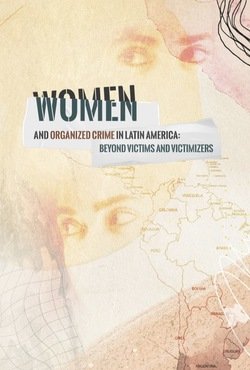By Australia. Parliament. Senate Legal and Constitutional Affairs References Committee
This inquiry was established to investigate the higher-than-population average statistics of missing and murdered First Nations women and children in Australia. The final report of the inquiry is organized by the following chapters.
Chapter 1 - Introduction
Chapter 2 - Current data
Chapter 3 - Causes of and factors driving violence
Chapter 4 - Police culture and practices
Chapter 5 - Acknowledging and responding to the crisis
Chapter 6 - Commonwealth government leadership
Chapter 7 - Conclusions and Recommendations
The report notes from the outset that every year, First Nations women and children are murdered or reported missing throughout Australia. The statistics are alarming and all Australians should rightly be concerned and outraged. It is important to remember that the statistics represent real people—sisters, mothers, aunties, grandmothers, children, grandchildren, siblings, and cousins—who were and continue to be loved. It is time to acknowledge and end the violence.
The report makes 10 recommendations including:
that federal, state, and territory governments codesign with First Nations families and communities, and on behalf of all Australians, a culturally appropriate and nationally significant way in which to recognize and remember the First Nations women and children who have been murdered or disappeared.
to review existing police practices in each jurisdiction, consider the learnings from each jurisdiction, and aim to implement and harmonize best police practices across Australia
that the Australian government empowers First Nations women to lead the design and implementation of services and supports that address violence in their communities reflecting the principles contained in the United Nations Declaration on the Rights of Indigenous People.
and further recommendations relating to: trauma-informed healing, including the recommendations made by the Healing Foundation and White Ribbon Australia; implementation of a violence prevention framework for men and boys; development of Aboriginal community-based support programs for men; and initiatives that promote a sense of individual and community responsibility for the issue of male violence against Aboriginal women.
Canberra: Australian Parliament, 2024.227p.







